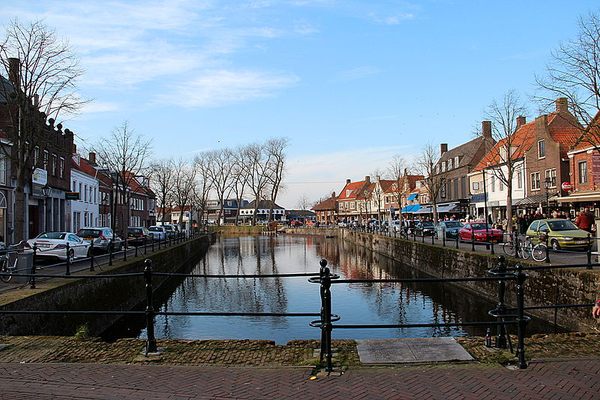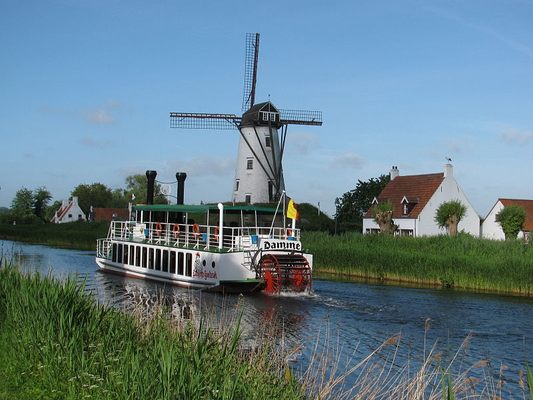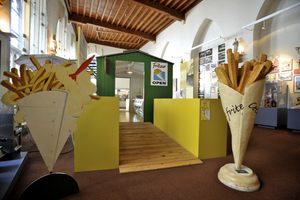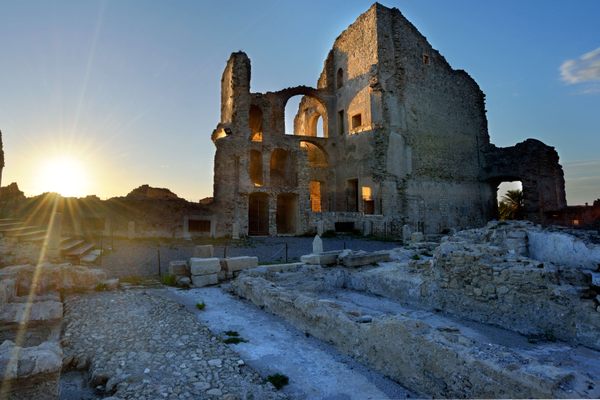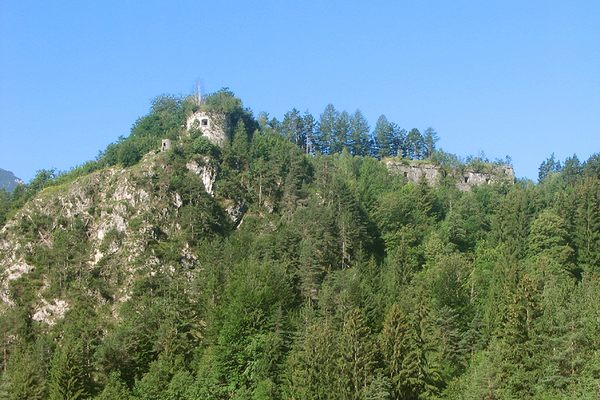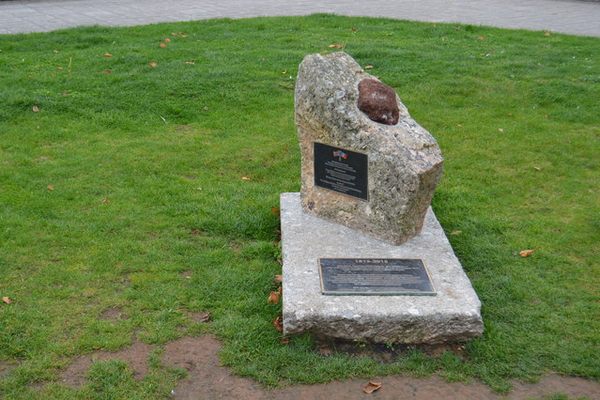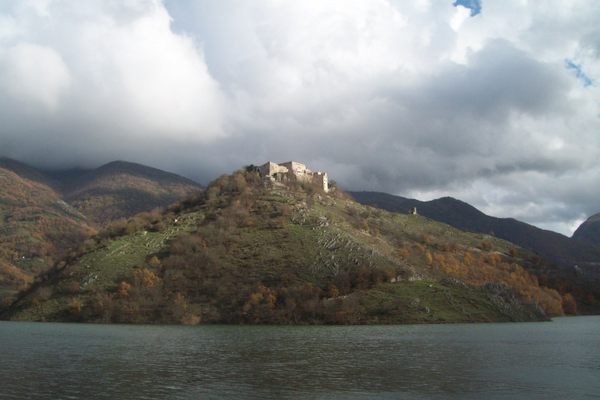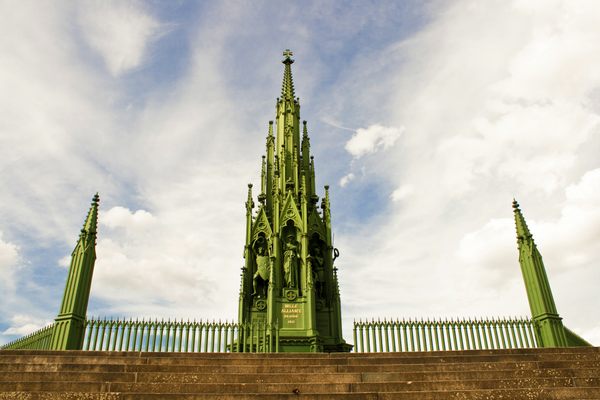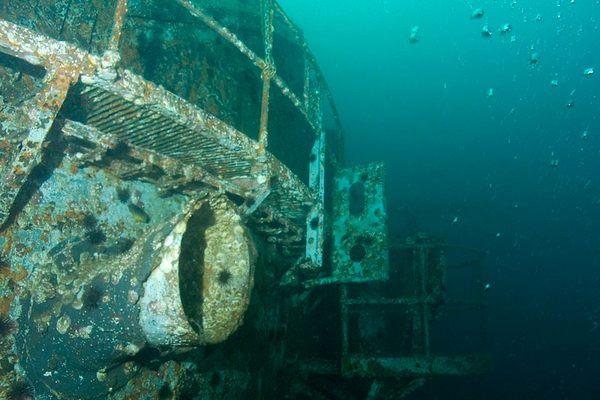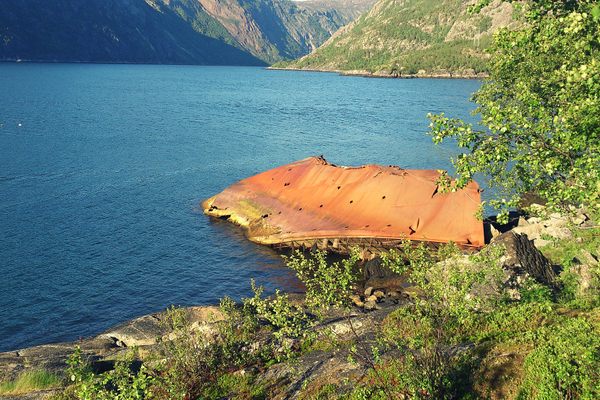About
This fascinating and picturesque, historic waterway is about 15 miles long and connects the Belgian city of Bruges to the Dutch coastal town of Sluis. Up until the Middle Ages, Damme was located along the coast, but the silting of the estuary caused major coastal changes and economic hardships.
Napolean Bonaparte forced Spanish prisoners of war to dig the canal as a means of shifting men and equipment, while avoiding interference by the Royal Navy.
Bonaparte's defeat at the Battle of Waterloo brought an end to this endeavor several miles short of the Scheldt estuary. The canal remained unfinished until 1850, 30 years after Belgium gained independence from the Netherlands.
At the town of Damme two additional canals, the Leopold Canal and the Shipdonk Canal, crossed the Damme Canal by means of a siphon system. These were constructed by newly independent Belgium to reduce the risk of Dutch interference with their drainage system.
In 1940, in an attempt to slow down invading German forces, the siphons were destroyed by French troops. This severed the link to the estuary between Damme and Monnikerede. The remains of structures at the crossing point are still fascinating to view today.
Today the canal is divided into two parts and mainly used for tourist trips, particularly when it comes to paddle boats that operate from Damme to Bruge. The canal meets the main Bruges canal network via the Ringvaart at Dampoortsluis in the northeastern section of the city
The "harbor" area in Sluis is a major focal point and the whole system is an important wildlife corridor.
Related Tags
Know Before You Go
The seaward side of the canal between Damme and Sluis is also used for individual pleasure boating, including rented rowing boats and pedalos.
Published
April 10, 2020
